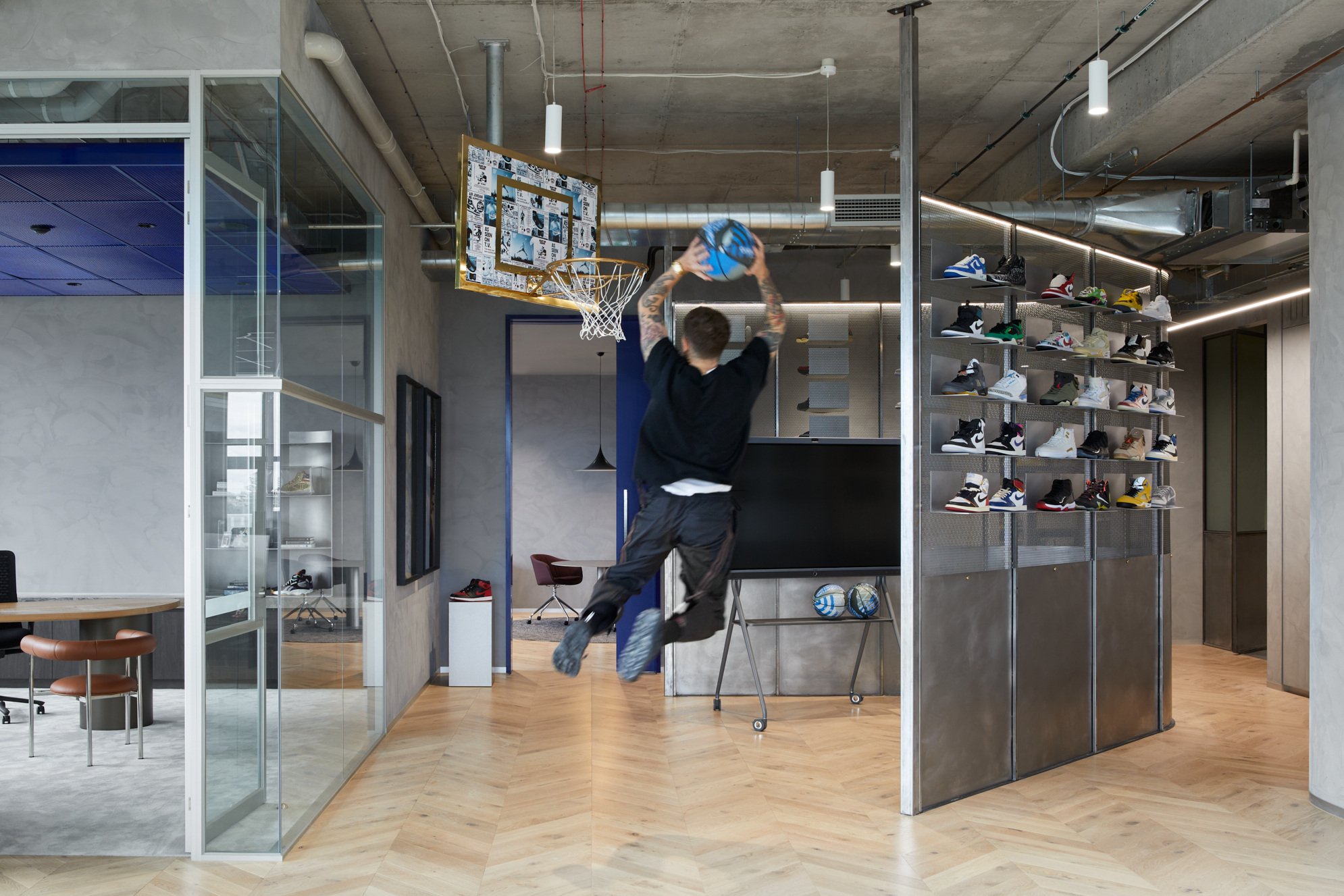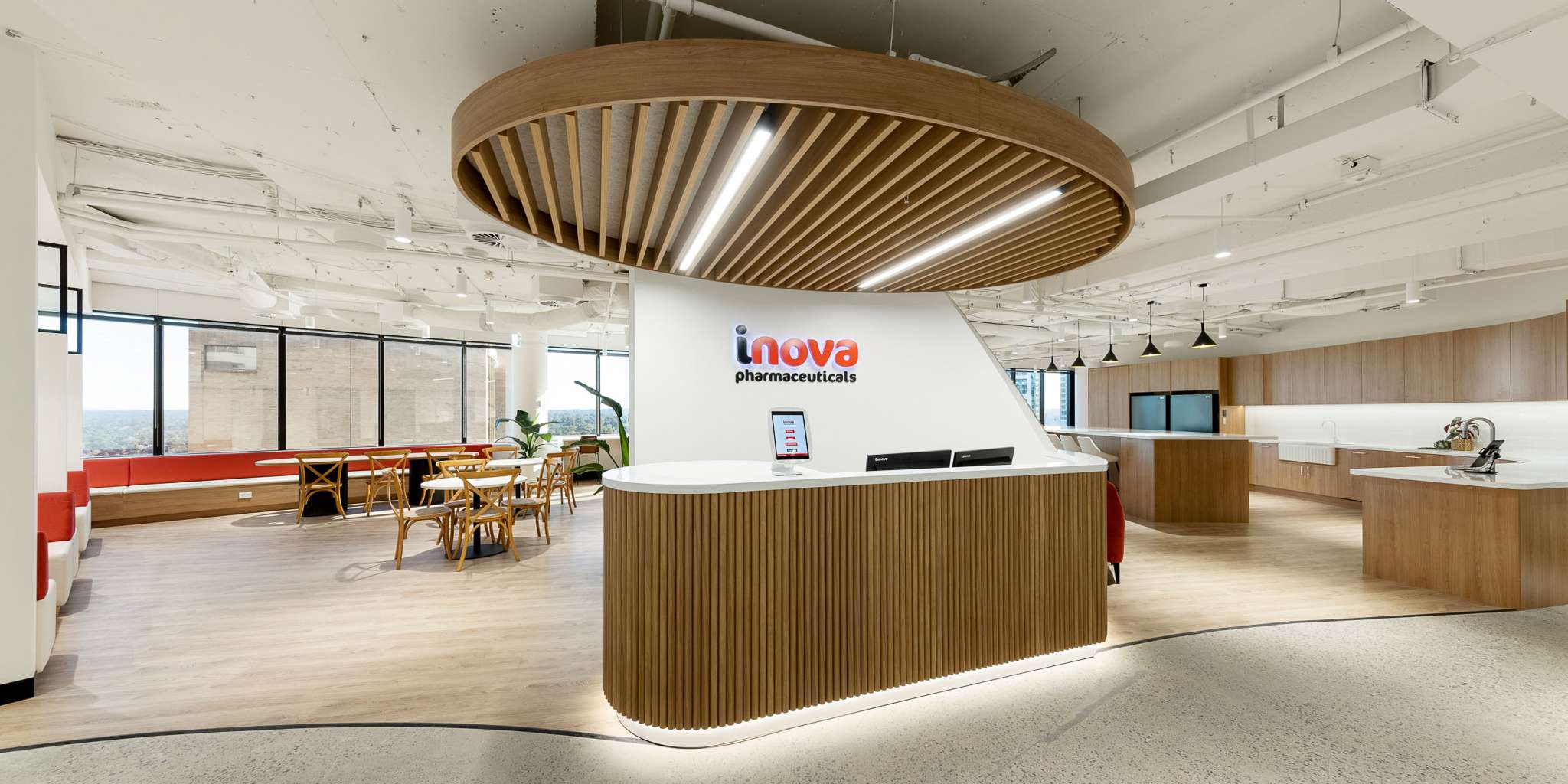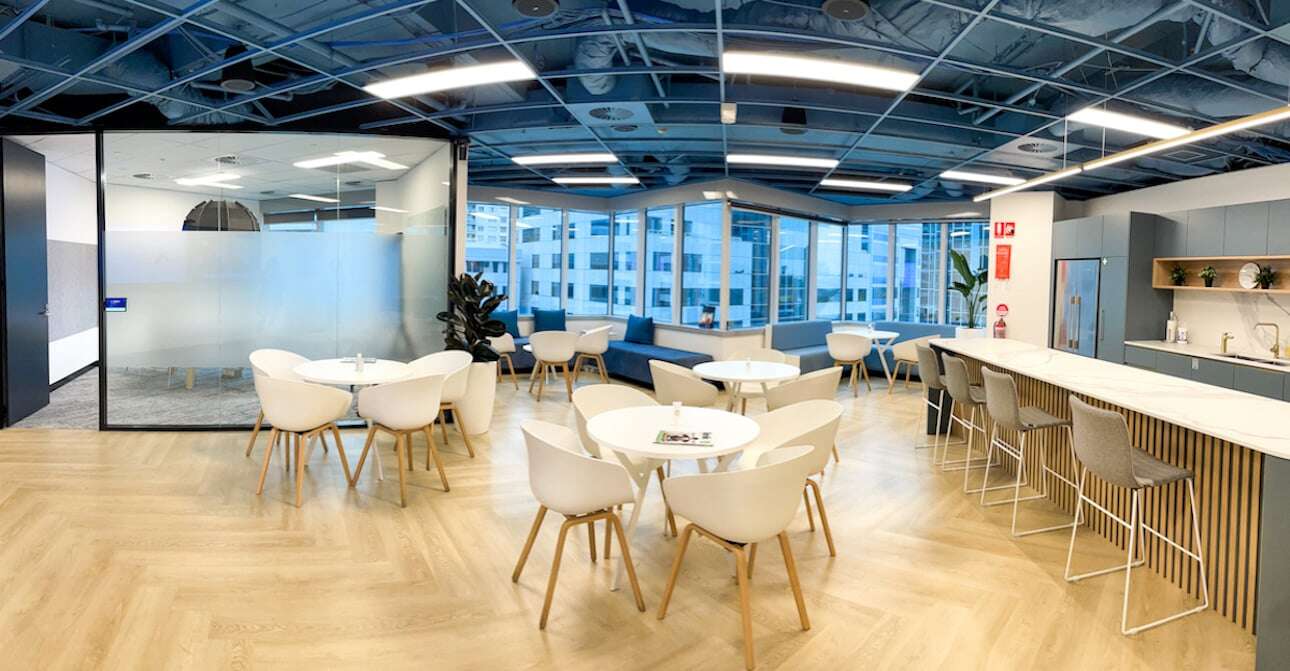The 5 Top Mistakes Leaders Are Making in the Face of the Hybrid Reality
Whether you are a leader, facilities manager, HR professional, or IT expert, chances are you have had a conversation, inspired by the COVID working from home experience, about how people should or could work differently in your organisation.
- Where do people want to work?
- How do we bring people together?
- How much time in the office?
- What does this mean for how much space or the type of spaces we need?
As organisations navigate their way through some complex decisions brought about by the new hybrid reality, it is important to avoid the potential pitfalls of shifting to a new way of working without understanding what is at play. Here are some of the common mistakes and how to avoid them.
- Jumping to extremes. Whether it is attempting to bring everyone back to the office quickly or rapid office space downsizing, both extremes are likely to result in poor outcomes if done without aligning to your overall organisational strategy. Extreme solutions either to save costs or that are out of step with employee expectations risk damaging both engagement and performance.
- Playing ‘wait and see’. An equally risky proposition is doing nothing at all and ignoring the shifting social landscape. We have already seen organisations such as Atlassian, Google and Dropbox articulate clear directions on future ways of working that are bold and strategic. There is a window of opportunity to lead change and re-write how to best enable your people to work, but this won’t remain open indefinitely. Habits, once entrenched, are hard to change.
- Policy is in our heads. As a key part of your employee experience, your approach to flexibility is not a set and forget proposition, where it is communicated once and springs to life. Behaviour change, in any context, requires frequent communication, reinforcement of principles and checking in on how people are doing. Inadequate communications can too easily lead to misunderstandings and inconsistency across the organisation.
- Regimented solution. Research tells us that flexibility is most powerful when it is responsive to circumstances.
-
-
- Does the team feel disconnected?
- Is there a new staff member who just joined?
-
-
-
- Is a project about to launch?
-
Most workflows are fluid over days, weeks and even months, so it is about 'where is the right location for us to work right now?' Too much focus on controlling attendance vs working from home can simply create a different type of inflexibility. Apple recently experienced a very public pushback from many of its employees on this sort of approach.
- Passive leadership posture. Making hybrid work is not about producing a new HR policy or CEO edict. Leadership teams role modelling new behaviours is a critical step to broad acceptance that the change is real. Leaders must first align on the new way of working and take ownership for living it out.
Getting the right model for hybrid working or a new approach to flexibility is about thinking strategically about what a new way of working can deliver for your people and organisation, and then bringing it to life through communication and policy, leadership behaviours and decisions about the right physical space and technology to make it a success.
For more details and useful insights, watch our Hybrid Office ‘How To’ webinar on-demand. Click here to get access.

/Cap%20Stats/workplace-strategy-guide-blog.jpg)










/Sectors/Office/contact-amicus.jpg)